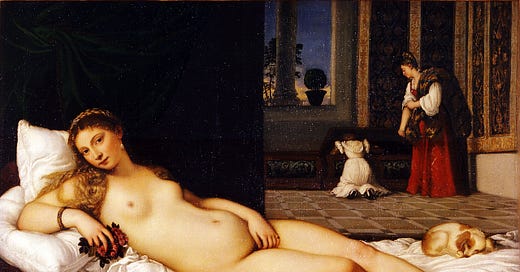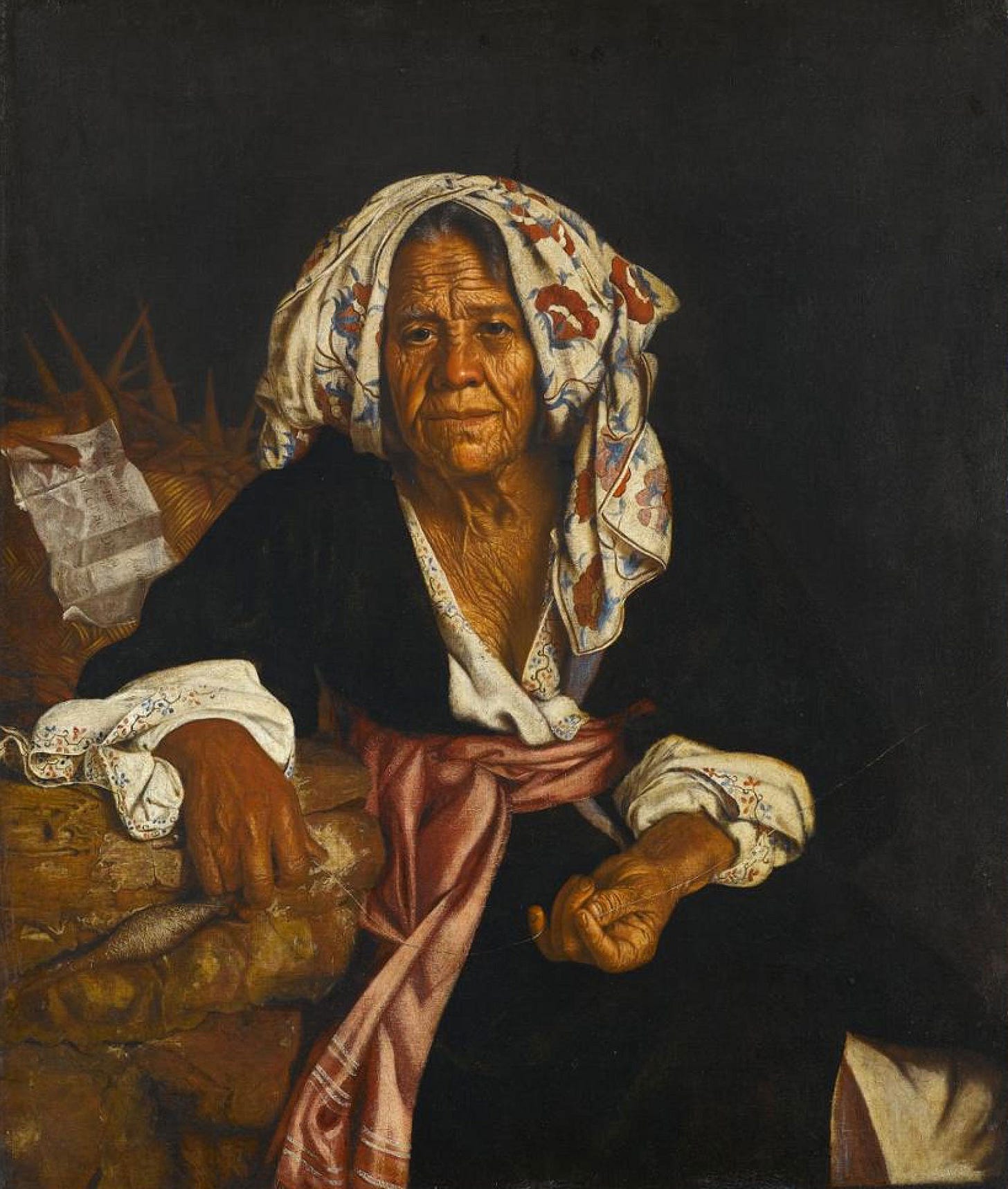In Celebration of Maggie’s Face
In 2024, the world sadly lost one of its rare gems; the brilliant, legendary Dame Maggie Smith. Having grown up with her iconic characters, I found myself joining in with the shared public grieving of her death; I devoured the articles about her rich and varied life, and the tributes from people who knew her and personally felt her impact.
What surprised me, though, was how affected I was by suddenly seeing her photo everywhere. Every time I opened my phone, Maggie’s magnificent face beamed back at me in a way that made me feel as if I had never truly seen it before. I inadvertently began to spend time staring at her, especially fascinated by the later close-ups of her face taken in the last few years. Ever since, I’ve been meaning to collect my thoughts about this face, as I believe there are some important lessons in it, so here they are.
Maggie’s was a face that told thousands of stories. Every character she ever played and every emotion she ever felt, of joy or despair, surprise or worry, is written into that face. The lines are intricate and unique and complex; you start following one that soon turns into another, which then changes direction and evolves into a web of new lines, exploring all the angles and folds of this one face. And each line provokes a different affekt, signifies a particular mood. These are the 89-year-old wrinkles of a full, long life, well-lived, and there is certainly no other face like it.
But why should seeing such a face be so striking? Plenty of older women (and women in general) have faces full of storytelling lines, in the public eye and, indeed, in my personal life. But after seeing Maggie’s face repeatedly, I realised that it’s not very often that we get to see them, especially in a positive representation, in the context of news articles, on the screen, and in social media. And frequently, when we do, their images have been so manipulated, either digitally or with vast amounts of makeup or cosmetic surgery, that they don’t look real at all. There is a rather sinister collective effort taking place all around us that is trying to wipe out any sign of age and perpetuate a false impression of youth under the notion that youthful aesthetics are more appealing and attractive.
The idea of youth equating to beauty is nothing new. In this article for CNN, Leah Dolan mentions “an ancient Roman anti-wrinkle cream recipe” among other medieval beauty treatments, and writes about how these trends have been dictated by politics and an ever-evolving society. And when we consider how women have been historically portrayed in art, images of the angelic Venus, soft-figured and fresh-faced Renaissance nudes, and the divine virgin Mary come to mind.
In this blog post for the Swiss National Museum, Barbara Basting uncovers some rather wonderful, and perhaps somewhat unknown, pieces of art depicting older women and discusses the reasons why artists have typically stayed away from that subject in their work (this is a very interesting piece and well worth the read). It’s interesting to reflect on one’s feelings when looking at these works of art, and to analyze any discomfort that might come up; are these women hard to look at? Do they convey poor circumstances or a melancholic mood? And do those ideas naturally (or necessarily) partner with a portrayal of aging?
It is certainly clear that in our post-COVID world, full of celebrity skin-care treatments and TikTok beauty videos that aim to appeal to young girls, the youthful, plump, smooth, radiant faces - especially those belonging to women - are seen as most beautiful and most coveted. According to plasticsurgery.org, the number of neuromodulator injections (e.g., Botox) increased by 9% from 2022 - 2023, and continue to become more and more popular due to “advancements in technology and patients' prioritization of budget-friendly procedures.” It’s also significant that, while the age group of 40 - 54 year-olds accounted for the majority of these procedures, the age group of 20 - 29 year-olds alone saw an increase of 8%. 20-year-olds getting Botox!
You may have seen one of the films that received a lot of Oscar buzz this year, The Substance, and if you haven’t, I warn you that it is not for the faint of heart. Of the ‘body-horror’ genre, this film is so crazy-hard to watch on the surface, with its disgustingly explicit gore, yet it is simultaneously deeply layered and thought-provoking in its subject material. It tells the story of a woman, once a hot young star of popular fitness, now on her 50th birthday and fighting being cast aside for being too old. In utter desperation, she finds an experimental substance that can help give her another shot at youth, but it comes at a huge cost. I found a big success of the film to be the ways in which director Coralie Fargeat skillfully attacks Hollywood and the impossible pressures on women to remain young, the hypocritical male gaze, and the preposterous notion that women who are already absolutely gorgeous and successful (as lead actress Demi Moore is - something that one cannot separate from the movie while watching it) should feel “done” by age 50. Fargeat drives the plot with this message about the hopelessness and powerlessness women experience, in an industry largely dictated by men, at the seeming inevitability of losing their careers and self-worth as they age.
I even found that several times during that movie, I had to check myself for some deep-seated subconscious reaction to seeing an older female body on the screen (albeit, it was made to look more horrific on purpose, but still). And I fear that these attitudes have been irrevocably ingrained by what Hollywood feeds us, by the historical representation of women in art and media, and by progressive technology that makes beauty treatments more accessible and influences younger and younger girls. Even more concerning to me is my own role in all of this, consuming this bullshit without taking a moment to question it. It took the death of a very successful actress who chose to keep her face in its authentic form until the end of her life for me to consider the system that I am part of and how I am contributing to it, and not by choice.
Our society has an abject fear of age, particularly when it comes to women. Instead of celebrating long individual lives, full of wonders and adventures unique to each person in the world, we choose to attempt the impossible: to reverse time and stop the human body’s natural maturation. I’m wondering how far this can possibly go, and what the women of the world, no matter what age, may look like in 10, 50, or 100 years time.
I’m also not sure how to break this cycle, or how to fight these ideas that have been slowly infecting our culture over many centuries. Perhaps the place to start is with ourselves, to retrain our attitudes towards our own faces and surroundings, and hopefully cause a drip-down effect on the next generations of women. When I look in the mirror, I’m now choosing to see the deep wrinkle between my eyebrows - the same one my mother has - as a special family heirloom; the lines around my eyes as memories of the times I laughed so hard I cried; the sun spots on my face and hands as tokens of gorgeous summer bike rides. I’m trying to look past fake beauty filters towards the abundance of natural beauty that exists everywhere. I’m seeking out the older women with lives that I aspire to grow into, both through the media that I consume and in reality. And I want to take comfort in knowing that the best is not behind me, but that there is plenty yet to come.






